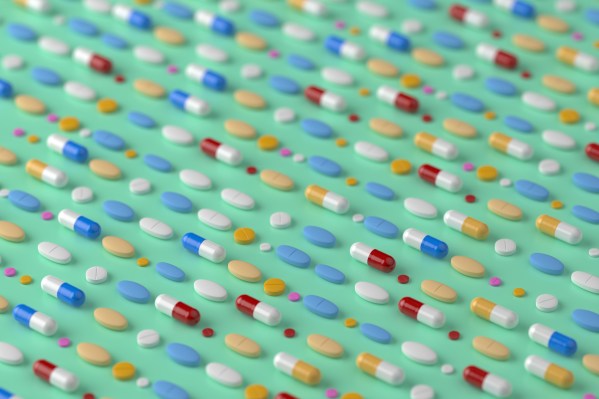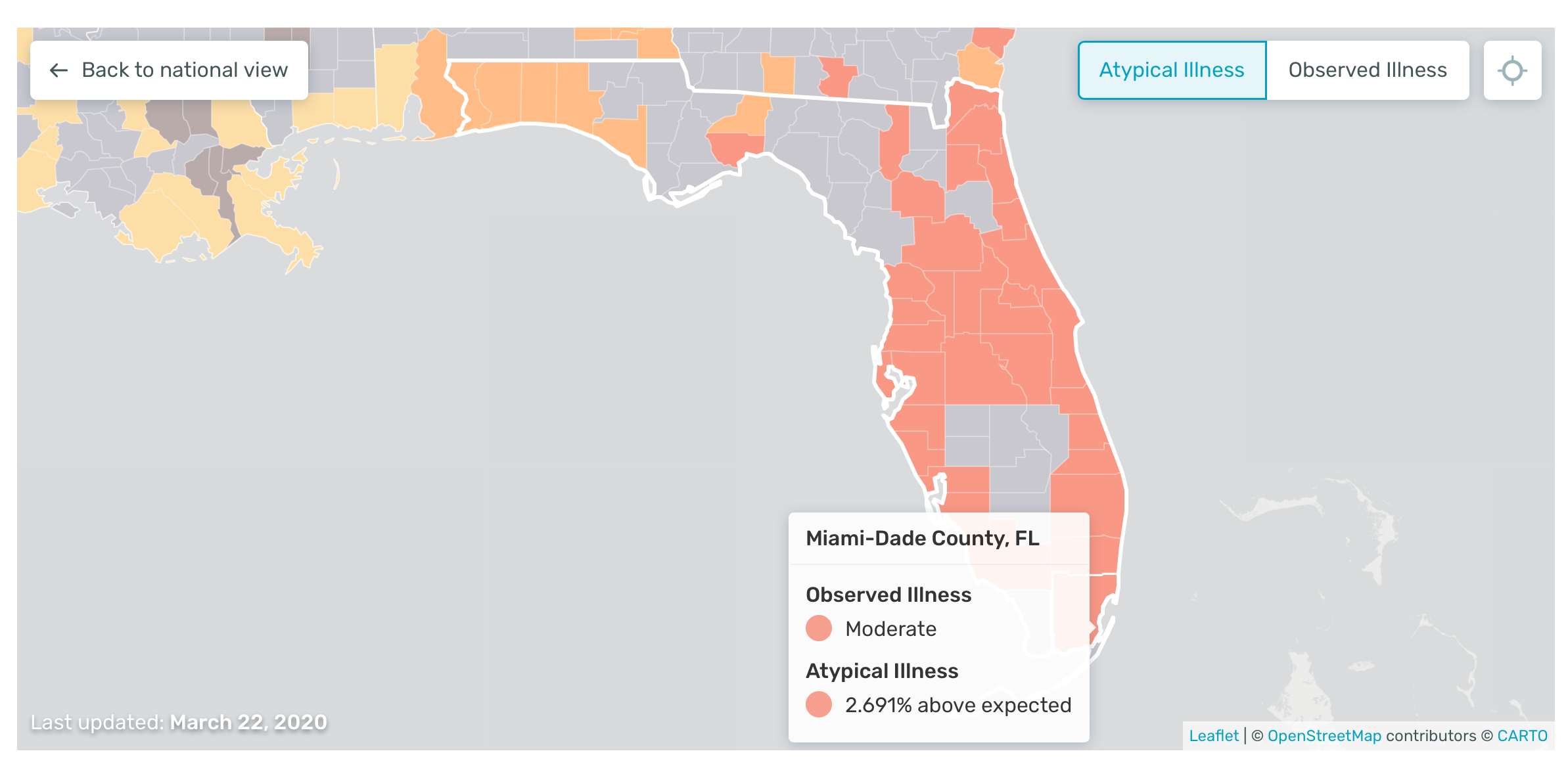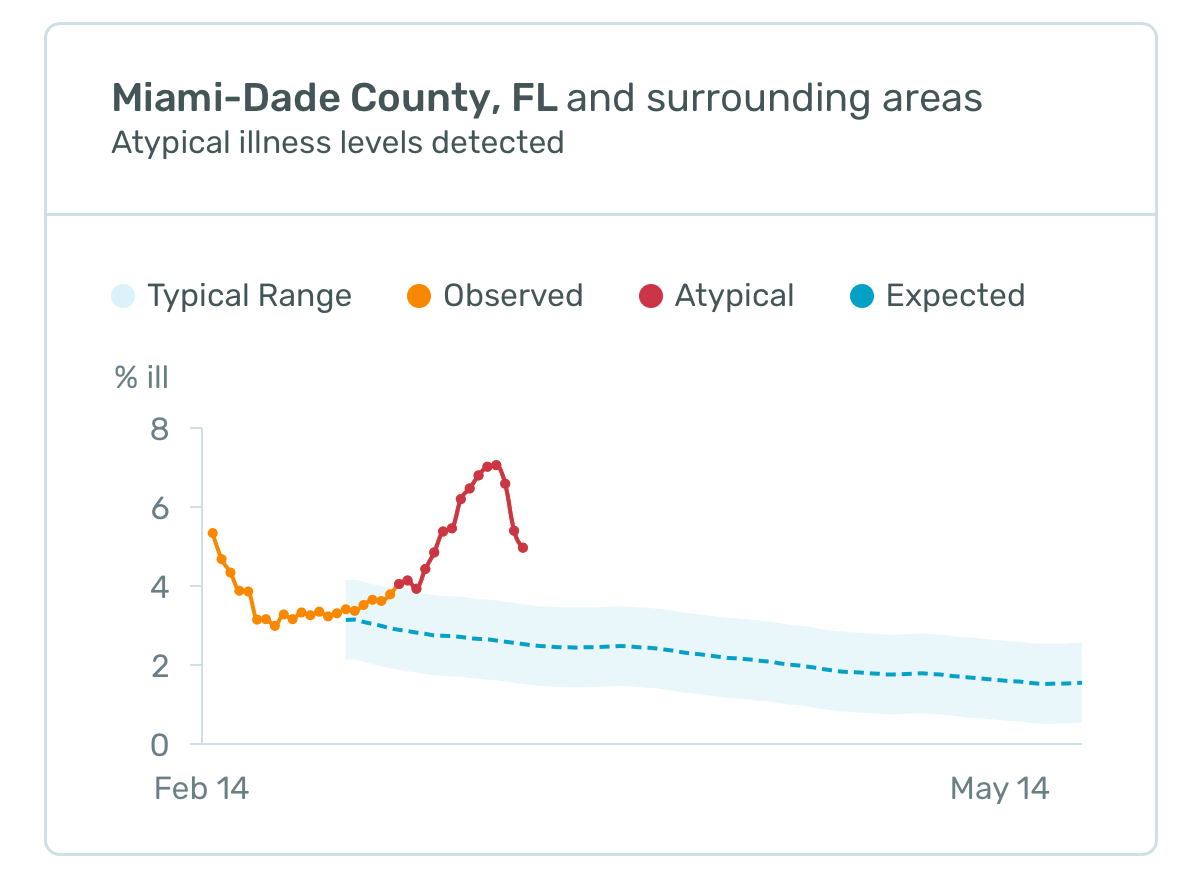Music
Trailers
DailyVideos
India
Pakistan
Afghanistan
Bangladesh
Srilanka
Nepal
Thailand
StockMarket
Business
Technology
Startup
Trending Videos
Coupons
Football
Search
Download App in Playstore
Download App
Best Collections
Technology
Fiat Chrysler Automobiles said Monday it will start manufacturing face masks in the coming weeks and donate the critical medical equipment to first responders and healthcare workers — the latest automaker to direct its manufacturing expertise toward the COVID-19 pandemic.
The automaker confirmed to TechCrunch that production capacity is being installed this week at one of its factories in China. Manufacturing will start in the coming weeks and distribution will be focused on the U.S., Canada and Mexico. FCA said it plans to produce 1 million face masks a month. All masks will be donated to police, EMTs and firefighters and workers in hospitals and healthcare clinics.
&Protecting our first responders and healthcare workers has never been more important,& FCA CEO Mike Manley said in a statement. &In addition to the support we are giving to increase the production of ventilators, we canvassed our contacts across the healthcare industry and it was very clear that there is an urgent and critical need for face masks. We&ve marshalled the resources of the FCA Group to focus immediately on installing production capacity for making masks and supporting those most in need on the front line of this pandemic.&
The FCA announcement follows a plea last week from Vice President Mike Pence for construction companies to donate their stocks of N95 respirator masks to hospitals. Construction companies have responded, Pence said in a subsequent press conference. Other companies have started donating their caches of face masks as well, including Apple, Facebook, IBM and Tesla.
COVID-19, a disease caused by coronavirus, has led to a shortage of protective equipment such as N95 respirator masks, gloves and gowns.
Vice President Pence asked construction companies to donate to their local hospitals their stocks of N95 respirator masks and stop ordering more for the time being. This call comes in the middle of a major shortage of these kinds of masks, which get their name from being able to block at least 95% of 0.3 micron particles.
Other manufacturers such as GM, Ford, VW and Tesla have started to work on the complex task of producing ventilators, another critical piece of medical equipment for patients hospitalized with COVID-19. The disease attacks the lungs and can cause acute respiratory distress syndrome and pneumonia. And since there is no clinically proven treatment yet, ventilators are relied upon to help people breathe and fight the disease. There are about 160,000 ventilators in the United States and another 12,700 in the National Strategic Supply, the NYT reported.
GM said Friday that it is working with Ventec Life Systems to help increase production of respiratory care products such as ventilators. Tesla CEO Elon Musk said last week that he had a discussion withMedtronic about ventilators. Medtronic later confirmed those talks in a tweet. Musk had previously tweetedthat SpaceX and Tesla will work on ventilators, without providing specifics.

- Details
- Category: Technology Today

Mitch Parker has one of Indianamost critical jobs.
As chief information security officer for Indiana University Health, Parker oversees cybersecurity for more than 30,000 employees at 18 hospitals across the state, along with countless numbers of computers, workstations and medical devices, making it the largest health system in Indiana — and the United States.
Indiana University Health is tasked with helping patients recover and maintain their health, but Parkerjob is keeping their data safe. In our discussion, he discussed the state of medical devices, his security teampriorities and why — when an organization is so big — communication is absolutely key.
This interview has been edited for length and clarity.
We&re talking to chief security officers to learn more about their work, promote best practices that don&t hamper growth and share insights from some of the industrymost experienced security professionals.
TechCrunch: You&ve been at IU Health for a little over three years. Multiple hospitals, thousands of staff, a range of threats and no two days are the same. Whatthe secret sauce?
Mitch Parker: The organization is significantly more receptive to working together towards cybersecurity solutions than when I first got here. A lot of it I&ve found comes down to just taking the time to understand your customers& needs. I align everything the security team does with our core mission and values and with purpose, excellence, team and compassion. We don&t talk about cybersecurity first. We talk about, how do we improve healthcare, and how do we provide a better patient experience? And we ask, how do we assist in fulfilling our customers& needs?
So, in a few words, whatyour approach to cybersecurity across the various teams at IU Health?
Cybersecurity is constantly evolving. Healthcare threats change, too. Three years ago we were talking about Ebola [virus] and now we&re talking about new disease threats. Just as our organization has to adapt, cybersecurity has to adapt in the same way. When I first got here, the organization understood that they had a need but didn&t feel they had a valued business partner to work with. That partnership is more important than the threat of the week.
- Details
- Category: Technology Today
Read more: Much better recognize a CSO: Indiana University Health s Mitch Parker
Write comment (92 Comments)
For much of the history of enterprise technology, companies tended to buy from a single vendor because it made managing the entire affair much easier while giving them a &single throat to choke& when something went wrong. On the flip side, it also put customers at the mercy of said vendor — and it wasn&t always pretty.
As we move deeper into the cloud model, many IT pros are looking for more flexibility than they had in the past, avoiding the vendor lock-in from the previous generation of enterprise tech, and what being beholden to a single vendor could mean for the bottom line and their own flexibility.
This is something that comes up frequently in discussions about moving workloads from one cloud to another, and is sometimes referred to as a multi-cloud approach. Customers are loath to leave their workloads in the hands of one vendor again and repeat the mistakes of the past. They are looking to have the same flexibility on the infrastructure side that they are getting in the SaaS world, where companies tend to purchase best-of-breed from multiple vendors.
That means, they want the freedom to move workloads between clouds, but thatnot always as easy a prospect as it might seem, and itan area where startups could help lead the way.
Whatthe problem?
Whatstopping customers from just moving data and applications between clouds? It turns out that there is a complex interlinking of public cloud APIs that help the applications and data work in tandem. If you want to pull out of one public cloud, itnot a simple matter of just migrating to the next one.
- Details
- Category: Technology Today
Read more: Startups are assisting cloud framework consumers prevent supplier lock-in
Write comment (92 Comments)
The technology industrycentral role in an American economy shaped by attempts to mitigate the spread of COVID-19 is being reflected in how investors are approaching markets in these turbulent times.
As the broader economy stumbles, technology companies and the major exchange they call home seem to be somewhat more of a safe-haven given the ways in which companies are relying on their services in the time of social distancing.
That means the Nasdaq doesn&t fall quite so far as other indexes and can better shake off news of a stalled economic stimulus package in Washington or the surge in COVID-19 infections in the US.
Indeed, in regular trading today the Dow Jones Industrial Average (DJIA) was down sharply. The S-P 500 dipped a little less, but was mostly in line. The tech-heavy Nasdaq, however, was not. And perhaps even more surprising, a key subset of the technology world wasn&t down at all — it was up.
Herehow todaytrading left us:
- DJIA: -582.05, -3.04% (-37.12% from 52 week highs)
- S-P 500: -67.52, -2.93% (-34.07% from 52 week highs)
- Nasdaq: -18.84, -0.27% (-30.27% from 52 week highs)
- BVP Nasdaq Emerging Cloud Index: +21.43, +2.12% (-28.03% from 52 week highs)
The daydeclines did not stem from a single fundamental cause. Some financial publications highlighted congressional inaction as the reason. You could easily add rising COVID-19 infections to the list. (Notably while the public markets continue their dive, private investors are still putting nine-figure capital rounds together, which feels contrarian.)
Letnarrow more. While the Cloud Index tracks SaaS companies — a key startup niche for the venture class — other industries are making interesting moves as well. Lettake a peek at Uber and Lyft, which enjoyed a surge late last week on the back of Uber promising not to die, following market concerns about its health.
Uber saw shares rise 3.99% to close at $22.40. Lyft shares also rose 6.3% to $22.61 at market close. The two companies are still below their highs in 2020. Lyft and Uber hit year-to-date highs on February at $53.94 and $41.27 respectively.
Other mobility related companies such as automakers saw mixed results. Ford shares took a hit and fell 7.18% to close at $4 after Fitch Ratings downgraded the automaker to a skosh above non-investment grade with a negative outlook driven by the COVID-19 pandemic. Ford is now rate BBB-.
GM shares also fell 2.98% to $17.60. Meanwhile, Tesla shares rose 1.58% to $434.29 a share.
- Details
- Category: Technology Today
Read more: Stocks broadly fall as Nasdaq dips modestly, SaaS gains on the day
Write comment (90 Comments)Smart thermometer maker Kinsa has been working on building accurate, predictive models of how seasonal illnesses like the flu travel in and among communities — and its fever map is finding new utility as the novel coronavirus pandemic grows globally. While KinsaUS Health Weather Map has no way of tracking the spread of COVID-19 specifically, as it looks only at fevers tied to geographic data, it could provide easy-to-grasp early indicators of the positive effects of social distancing and isolation measures at the community level.
At the time that Kinsahealth weather map was covered in the New York Times in February, the company had around a million thermometers in market in the U.S., but it had experienced a significant increase in order volume of as many as 10,000 units per day in the week prior to its publication. That means that the companyanalytics are based on a very large data set relative to the total U.S. population. Kinsa founder and CEO Inder Singh told me this allowed them to achieve an unprecedented level of accuracy and granularity in flu forecasting down to the community level, working in partnership with Oregon State University Assistant Professor Ben Dalziel.
&We showed that the core hypothesis for why I started the company is real — and the core hypothesis was you need real-time, medically accurate, geolocated data thattaken from people who&ve just fallen ill to detect outbreaks and predict the spread of illness,& Singh said. &What we did with our data is we punched it into Benexisting, first-principle models on infectious disease spread. And we were able to show that on September 15, we could predict the entire rest of cold and flu season with hyper-accuracy in terms of the peaks and the valleys — all the way out to the rest of flu season, i.e. 20 weeks out on a hyperlocal basis.&
Prior to this, there have been efforts to track and predict flu transmission, but the &state-of-the-art& to date has been predictions at the national or multi-state level — even trends in individual states, let alone within communities, was out of reach. And in terms of lead time, the best achievable was essentially three weeks out, rather than multiple months, as is possible with Kinsa and Dalzielmodel.
Even without the extraordinary circumstances presented by the global COVID-19 pandemic, what Singh, Dalziel and Kinsa have been able to accomplish is a major step forward in tech-enabled seasonal illness tracking and mitigation. But Kinsa also turned on a feature of their health weather map called &atypical illness levels& a month ago, and that could prove an important leading indicator in shedding more light on the transmission of COVID-19 across the U.S. — and the impact of key mitigation strategies like social distancing.
&We&re taking our real-time illness signal, and we&re subtracting out the expectation,& Singh says, explaining how the new view works. &So what you&re left with is atypical illness. In other words, a cluster of fevers that you would not expect from normal cold and flu time. So, presumably, that is COVID-19; I cannot definitively say itCOVID-19, but what I can say is that itan unusual outbreak. It could be an anomalous flu, a strain thattotally unexpected. It could be something else, but at least a portion of that is almost certainly going to be COVID-19.&

The ‘atypical illness& view of KinsaUS Health Weather Map. Red indicates much higher than expected levels of illness, as indicated by fever.

The graph represents the actual number of reported fevers, versus the expected number for the region (represented in blue) based on Kinsaaccurate seasonal flu prediction model.
In the example above, Singh says that the spike in fevers coincides with reports of Miami residents and tourists ignoring guidance around recommended distancing. The steep drop-off, however, follows after more extreme measures, including beach closures and other isolation tactics were adopted in the area. Singh says that they&re regularly seeing that areas where residents are ignoring social distancing best practices are seeing spikes, and that as soon as those are implemented, via lock-downs and other measures, within five days of those aggressive actions, you begin to see downward dips in the curve.
Kinsadata has the advantage of being real-time and continually updated by its users. That provides it with a time advantage over other indicators, like the results of increased testing programs for COVID-19, in terms of providing some indication of the more immediate effects of social distancing and isolation strategies. One of the criticisms that has appeared relative to these tactics is that the numbers continue to grow for confirmed cases — but experts expect those cases to grow as we expand the availability of testing and identify new cases of community transmission, even though social distancing is having a positive impact.
As Singh pointed out, Kinsadata is strictly about fever-range temperatures, not confirmed COVID-19 cases. But fever is a key and early symptom of COVID-19 in those who are symptomatic, and Kinsaexisting work on predicting the prevalence of fevers related to cold and flu strongly indicate that what we&re looking at is in fact, at least to a significant degree, COVID-19 spread.
While some have balked at other discussions around using location data to track the spread of the outbreak, Singh says that they&re only interested in two things: geographic coordinates and temperature. They don&t want any personal identification details that they can tie to either of those signals, so it truly an anonymous aggregation project.
&There is no possible way to reverse engineer a geographic signal to an individual — itnot possible to do it,& he told me. &This is the right equation to both protect peopleprivacy and expose the data that society and communities need.&
For the purposes of tracking atypical illness, Kinsa isn&t currently able to get quite as granular as it is with its standard observed illness map, because it requires a higher degree of sophistication. But the company is eager to expand its data set with additional thermometers in the market. The Kinsa hardware is already out of stock everywhere, as are most health-related devices, but Singh says they&re pressing ahead with suppliers on sourcing more despite increased component costs across the board. Singh is also eager to work with other smart thermometer makers, either by inputting their data into his model, or by making the Kinsa app compatible with any Bluetooth thermometer that uses the standard connection interface for wireless thermometer hardware.
Currently, Kinsa is working on evolving the atypical illness view to include things like a visual indicator of how fast illness levels are dropping, and how fast they should be dropping in order to effectively break the chain of transmission, as a way to further help inform the public on the impact of their own choices and actions. Despite the widespread agreement by health agencies, researchers and medical professionals, advice to stay home and separated from others definitely presents a challenge for everyone — especially when the official numbers released daily are so dire. Kinsatracker should provide a ray of hope, and a clear sign that each individual contribution matters.

- Details
- Category: Technology Today
Last week, popular music platform Bandcamp announced that it would be waiving its revenue shares from all sales for 24 hours, starting Friday morning. The move was an effort to help boost income for the innumerable artists who have been struggling to make ends meet as live performances have been canceled for the foreseeable future for artists all over the world.
Things went well.
Friday turned out to be the biggest day for sales in the platform11-year history. Artists raised $4.3 million in music and merchandise sales over the 24-hour period. That comes out to more than 15x Bandcampnormal numbers on a Friday — or, as the site puts, it 11 items per second over the course of the day. In all, some 800,000 items were sold, versus the standard 47,000.
In addition to Bandcamp waiving its fees, dozens of labels, including Anti-, Fat Possum, Merge, Polyvinyl, Saddle Creek and Sub Pop, gave up 100% of their revenues to artists on Friday.
Ita nice little bit of news for creatives, many of whom are already struggling to adapt to an ever-changing online economy. Still, ithard to say what the future looks like with so many artists stuck at home indefinitely.

- Details
- Category: Technology Today
Read more: Artists drew in $4.3 M after Bandcamp waived revenue shares for 24-hour
Write comment (100 Comments)Page 1139 of 1418

 13
13





